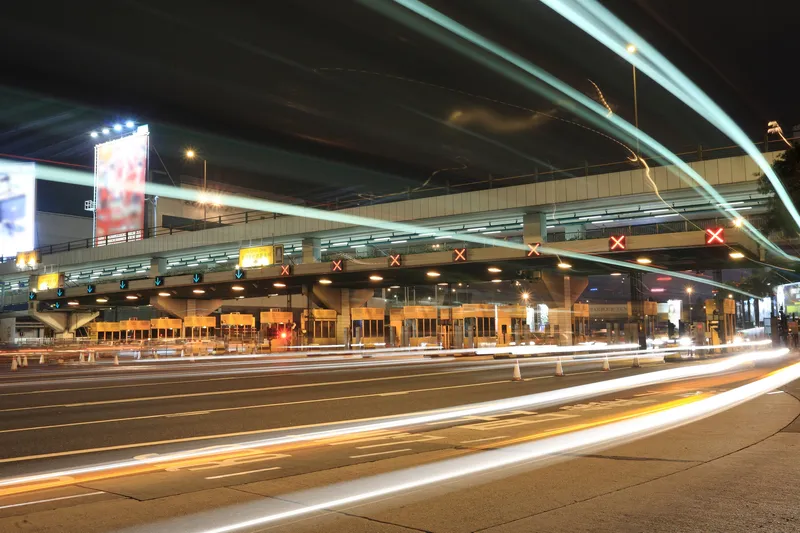Slalom Consulting's NYC Station Finder has won the special Large Organisation Award in the New York Metropolitan Transportation Authority's App Quest Challenge.
March 14, 2012
Read time: 1 min
Slalom's app swept the competition by using augmented reality to help riders find the right subway station and train to get them where they want to go.
When transit passengers are looking for the nearest stations, they can simply hold up their iPhone and scan the street with its camera. The NYC Station Finder will show the location of nearby subway station entrances and, with a tap, will provide a map to the stations, as well as routes. The app even enables passengers to find train routes and schedules when in underground stations without connectivity.









